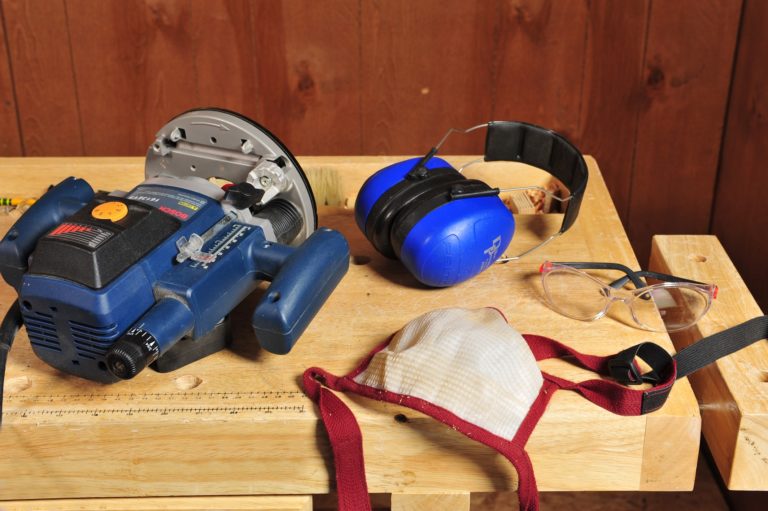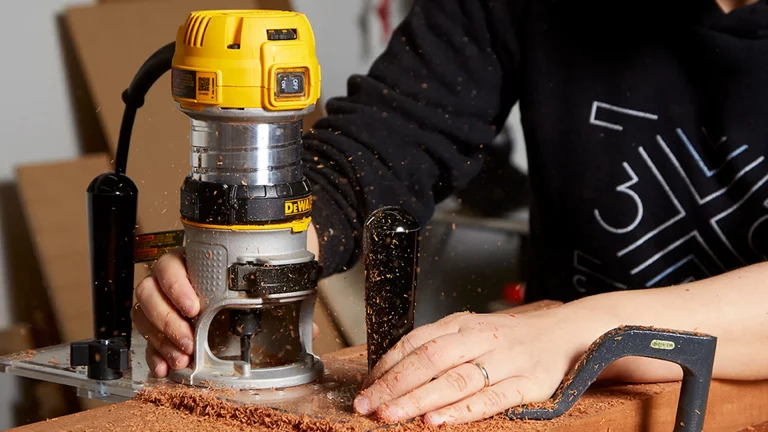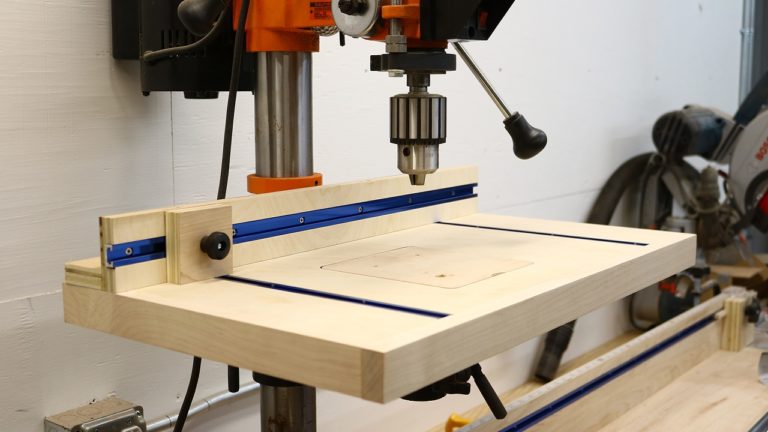Pulley System Guide: How Does a Pulley Work?
If you’re like most people, you’re likely interested in the way that the world around you works. People are getting more and more curious lately, which is awesome!
In fact, employment in STEM fields has grown 79% since 1990, illustrating that people care more about the workings of our world today than ever before. These people are highly valued, too- they make nearly 50% more than their non-STEM counterparts do!

If you’re new to science, there’s no better way to start your journey than by talking about one of the simplest and most often-used machines out there: the pulley. Read on for some more information on this awesome piece of technology!
What Is a Pulley?
A pulley is a pretty simple concept. It’s just a series of one or more wheels that you loop a rope around. This makes it easier to lift objects connected to the pulley and move them around.
Pulleys are called ‘simple machines’ by scientists. This means that they multiply forces and give you more strength to do something than you originally had. Even if you’re a large man with great upper body strength, there will only be so much that you can lift. A pulley serves to multiply the force that you’re able to exert on objects, which ultimately makes you stronger.
Often, people will use a series of pulleys to accomplish essential tasks. This is called a ‘pulley system’. For reference, if you’ve ever seen a dumbwaiter before, this is a simple pulley system!
How Does a Pulley System Work?
Let’s say that you have a single-wheel pulley. The wheel will be suspended from above the object that you’re trying to lift and the rope, tied to the object, will be wrapped around the top of it. You then can pull the rope down on the other side of the pulley to lift the object.
Usually, the objects that you’re lifting will need more force than a single person can provide. That’s why heavy machines are generally used to pull on the rope opposite the object. Their force will be magnified through the pulley system and make pulling the object’s weight easy.
Adding More Wheels
But what happens when you don’t have a heavy piece of machinery? What if you have no machinery at all and need to lift, say, a bundle of wood all on your own?
You might need to use more wheels on your pulley. If you loop the rope around two wheels, you can minimize the effort that you need to lift the wood.
This is because the wood’s mass is now supported by two sections of the same rope rather than just one. You can, therefore, lift it by using 50% of the force that you would use with one wheel. Scientists would phrase this by saying that the rope gives a ‘mechanical advantage’ of two when wrapped this way.
You can also have a four-wheel pulley for a mechanical advantage of four, which only requires half the exertion that a two-wheel pulley has. Theoretically, you could keep adding wheels forever, but generally, this is impractical and your pulley system likely won’t go beyond four wheels.
How Do You Create a Pulley System?
At this point, you probably are thinking that a pulley system is something that should be manufactured at a factory or made by trained scientists.
This isn’t the case at all! It’s easy to make a simple pulley system at home.
You will, however, need well-manufactured pulley wheels in order to create this simple machine. If you try to DIY a pulley wheel, it’s liable to break and hurt someone. This guide by Sava details how you should go about choosing the materials and size for your pulley wheels, and you can order them online directly from their website!
Once your pulley wheel is delivered to your doorstep, you can loop a strong piece of rope or plastic/metal cord around it. Attach a hook or net to one end so that you can lift your object more easily. Once that’s done, it’s all in your muscles!
An at-home pulley system can be used for many different functions. It can help you lift furniture and boxes during a move. It can also help you with exterior home repairs and renovations because many of the objects involved in these processes are heavy.
What Are Its Applications?
However, you were originally correct in assuming that the majority of pulley applications were commercial.
The pulley system that you likely encounter most often is an elevator! We glossed over dumbwaiters earlier, which were basically early, human-operated elevators. Today, the elevator in your apartment building or workplace uses mechanically-operated pulleys to move up and down between floors.
There are many industries that use pulley systems. Many manufacturing plants and factories use pulleys to move commercial belts. This belt movement allows for objects to go through factory processes and be fully machine-made. Many machines also have pulleys as part of their interior workings, too!
Pulleys are also incredibly important in the construction industry. Construction cranes are, at their core, incredibly large and well-made pulley systems. This is how they’re able to lift giant piles of bricks or columns of metal.
Learn More Interesting Facts
Pulley systems are one of the most interesting and useful pieces of equipment out there. Best of all, you can make one yourself!
Now that you know all about pulley systems and how they work, it’s time to learn more about the science and technology that makes up our world. Check out the ‘technology’ tab on our home page for more information about the applications of tech similar to pulleys. Stay curious and have fun!






